1. Bomb Calorimeter Experiment
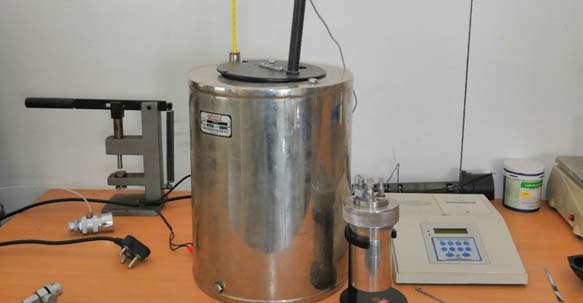
Purpose of Bomb Calorimetry Experimentis used to determine the enthalpy of combustion
2. Pipe losses experiment
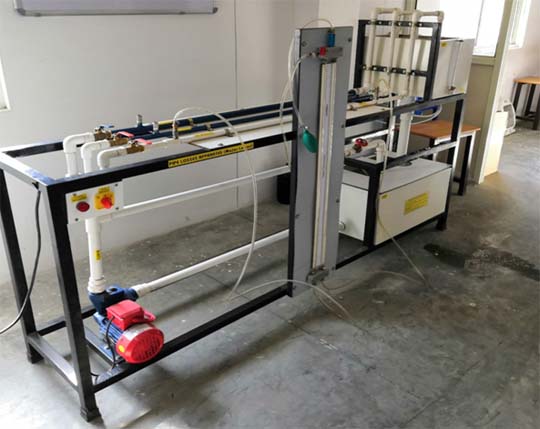
Major and minor losses associated with pipe flow in piping networks helps in determining the pumping power requirements, material and fittings selection. A good understanding of such losses helps engineers in designing optimum fluid distribution systems, process plants etc. This apparatus is designed to introduce students to major flow losses (Frictional) in Pipes.
3. Centrifugal pump characteristics experiment – parallel and series combination
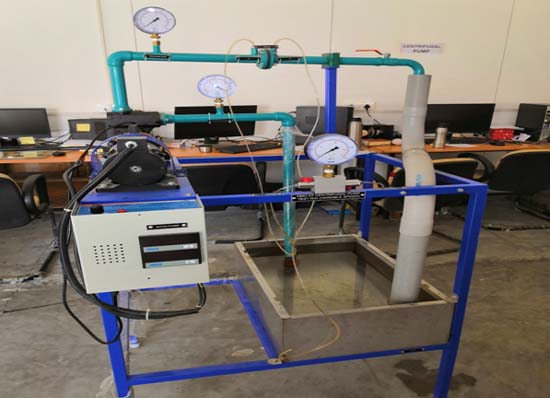
The apparatus aims to study various Centrifugal pump Characteristics such as Head against Flow, Efficiency against Flow, Speed against Flow etc.
4. Lift and drag force measurements using a wind tunnel
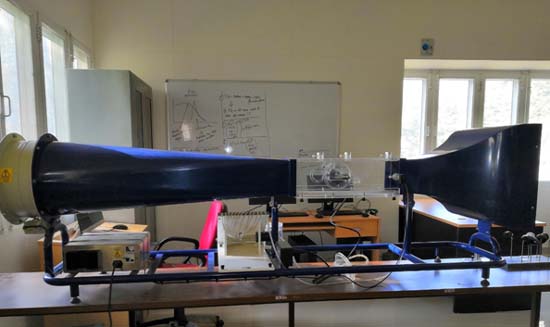
The Wind tunnel was developed forexperimentation and demonstration purposes in the fields of aerodynamics and fluid mechanics. It is a subsonic, open wind tunnel with a square measurement section profile. Overall length is 4.5 mtrs with 1 mtr test section.
5. Variable speed centrifugal pump characteristics.

The apparatus aims to study various Centrifugal pump Characteristics such as Head against Flow, Efficiency against Flow, Speed against Flow etc.
6. Reynolds Experiment
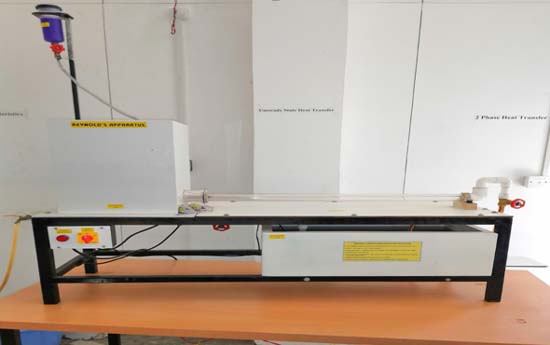
Apparatus consists of a constant head tank and a small ‘dye’ tank. The constant head tank has a horizontal/vertical transparent tube with a and a flow control valve at the discharge side. The velocity of water is varied by the flow control valve. When the dye is introduced then laminar or turbulent nature of the flow can be visualized.
7. Bernoulli Experiment
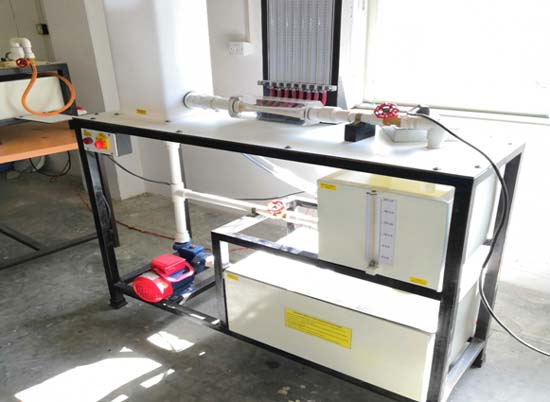
The apparatus consists of converging diverging circular test section. Static Pressure tapings are provided across the length of the section and velocity head is measured with the help of measuring tank. Inlet tank is made of Perspex and discharge valve allows reading for various flow rates.
8. Concentric tube heat exchanger experiment
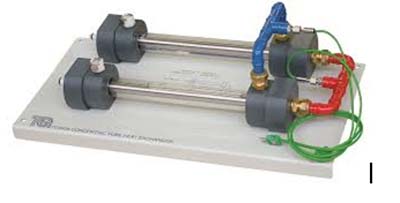
The objective of this experiment is to study the working principles of a concentric tube heat exchanger operating under parallel and counter flow.
9. Natural convection experiment
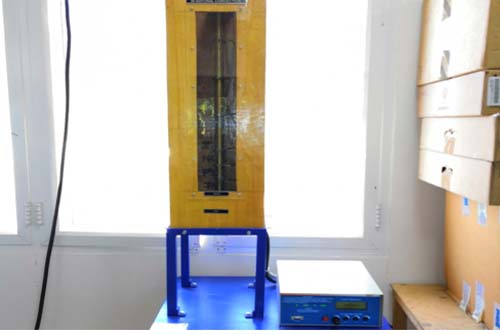
To determine the overall heat transfer coefficient at the surface of a given vertical metal cylinder by the natural convection method.
To determine the value of Nusselt number
10. Critical Heat Flux Apparatus
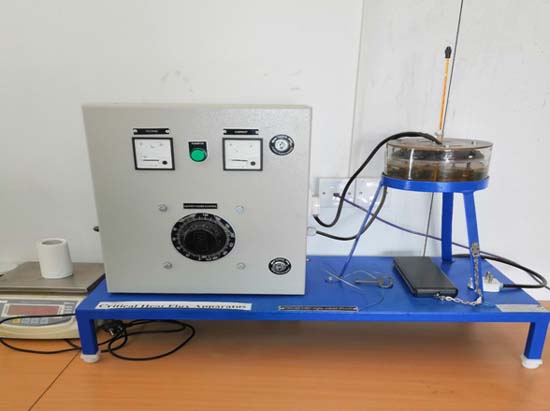
This apparatus is used to study the boiling heat transfer phenomena and determine critical heat flux in pool boiling of water.
11. Pin Fin Apparatus
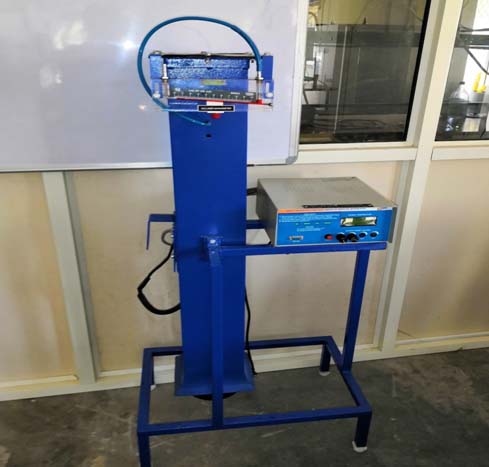
This apparatus is used to determine the variation of temperature along the length of the pin fin under forced convection
12. Energy Balance of IC engine
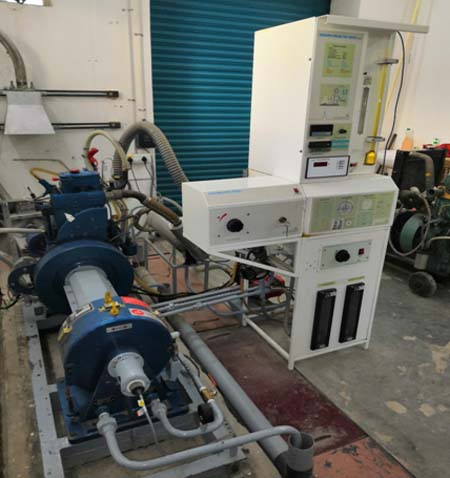
The main objective of the experiment is to measure the energy contributions to the diesel engine, which is treated as a thermodynamics system. The energy contributions that are not measured may then be estimated from an energy balance.
13. Emission characteristics of IC engine
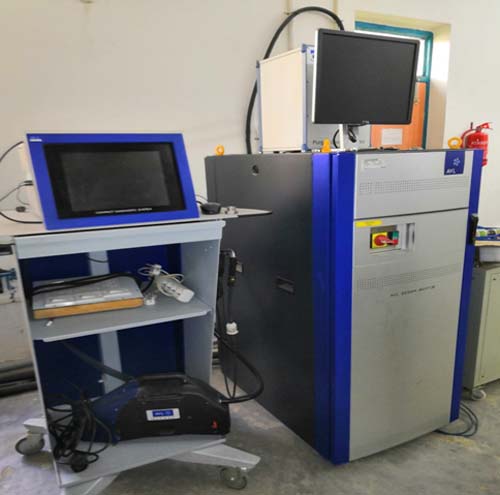
It is used to determine the effect of compression Ratio on the performance and emissions of the engine. The objective is to determine the optimum compression ratio for the better performance and lowering the emissions.
14. Two Phase Heat Transfer
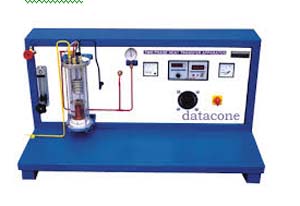
A two-phase heat transfer experimental setup was built for this study and a total of many two-phase heat transfer data with different flow patterns were obtained.
15. Unsteady State Heat Transfer
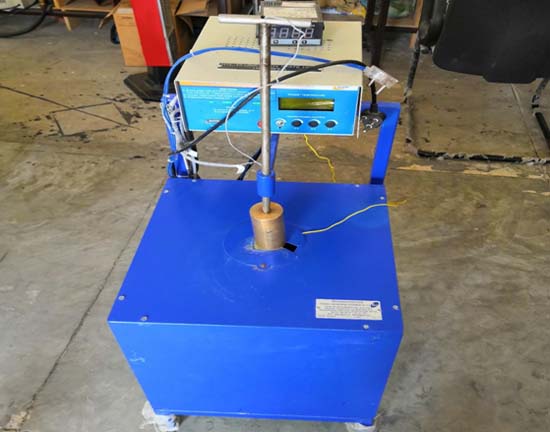
The objective of this experiment is to study unsteady state heat transfer by the lumped capacitance method and to determine and compare heat transfer coefficients with expected values.
16. Refrigerator performance experiment
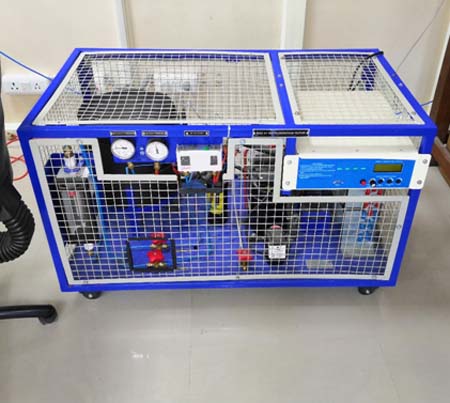
1. To demonstrate the basic Vapour Compression Cycle of Refrigeration.
2. To study theoretical cycles and plotting of T- and P.H. charts.
3. To study the properties of refrigerant at salient point s of the cycle
17. Recirculating air conditioner experiment
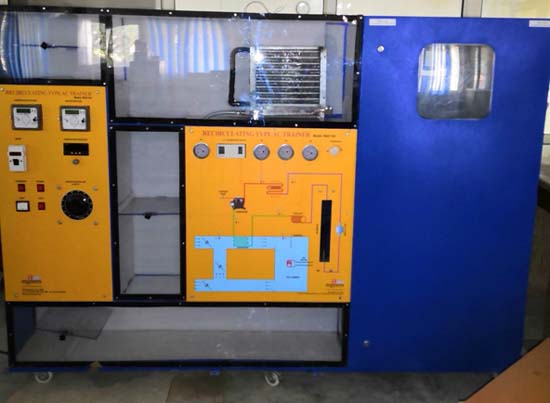
This setup is used to determine:-
1. Demonstration of heating, cooling, humidification and dehumidification for
conditioning of air.
2. Demonstration of constant enthalpy mixing of two air streams.
3. Study of working of re-circulating air conditioning.
4. To study compressor efficiency at varying functioning condition.
18. Cooling Tower Experiment
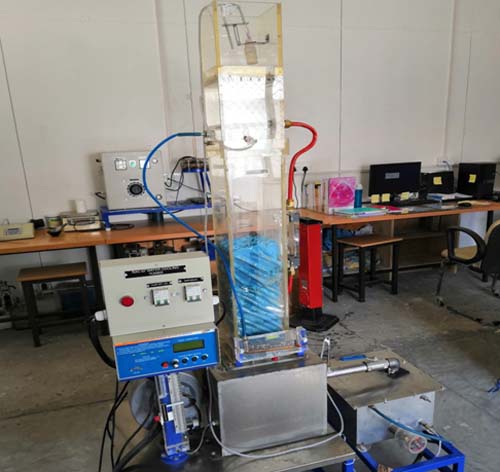
This experiment is used to determine thesp.humidity,relative humidity on the incoming air.


















